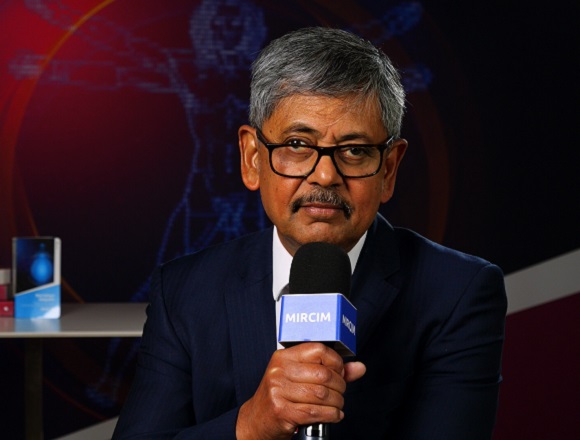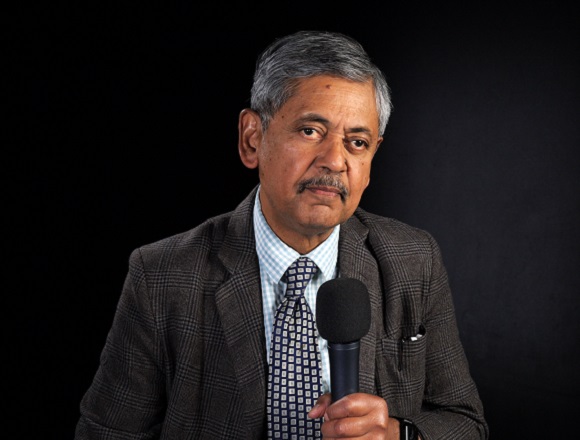Bhaskar Dasgupta, MD, is a professor of rheumatology at Southend University Hospital, UK, and honorary professor of Essex University, UK.
What complications of giant cell arteritis (GCA) should we be aware of and how to manage them?
The most important complication of GCA, of course, is sight loss. We know that up to 25% of patients with GCA even now are diagnosed after they have lost sight in one or both eyes. This is the horrendous, catastrophic complication.
It takes me back to your first question [click here to watch]: how do you diagnose GCA in patients who have got a visual risk, ischemic risk? We need to particularly look at the patients who are elderly, who have got visual symptoms.
Apart from the sight problem, the other big problem with GCA is vascular damage and aortitis is a very important aspect. We need to make sure that the large vessels are free of the disease and to monitor these patients with ultrasonography of the large vessels, echocardiography to make sure that these vascular damage is not occurring.
Now, the importance is the steroids. Although they might control the inflammation of GCA, they often don’t prevent the vascular damage. You need to use disease-modifying agents, such as leflunomide, methotrexate, but also biologics, such as tocilizumab, etc, to control the inflammation in the blood vessels.
 English
English
 Español
Español
 українська
українська







